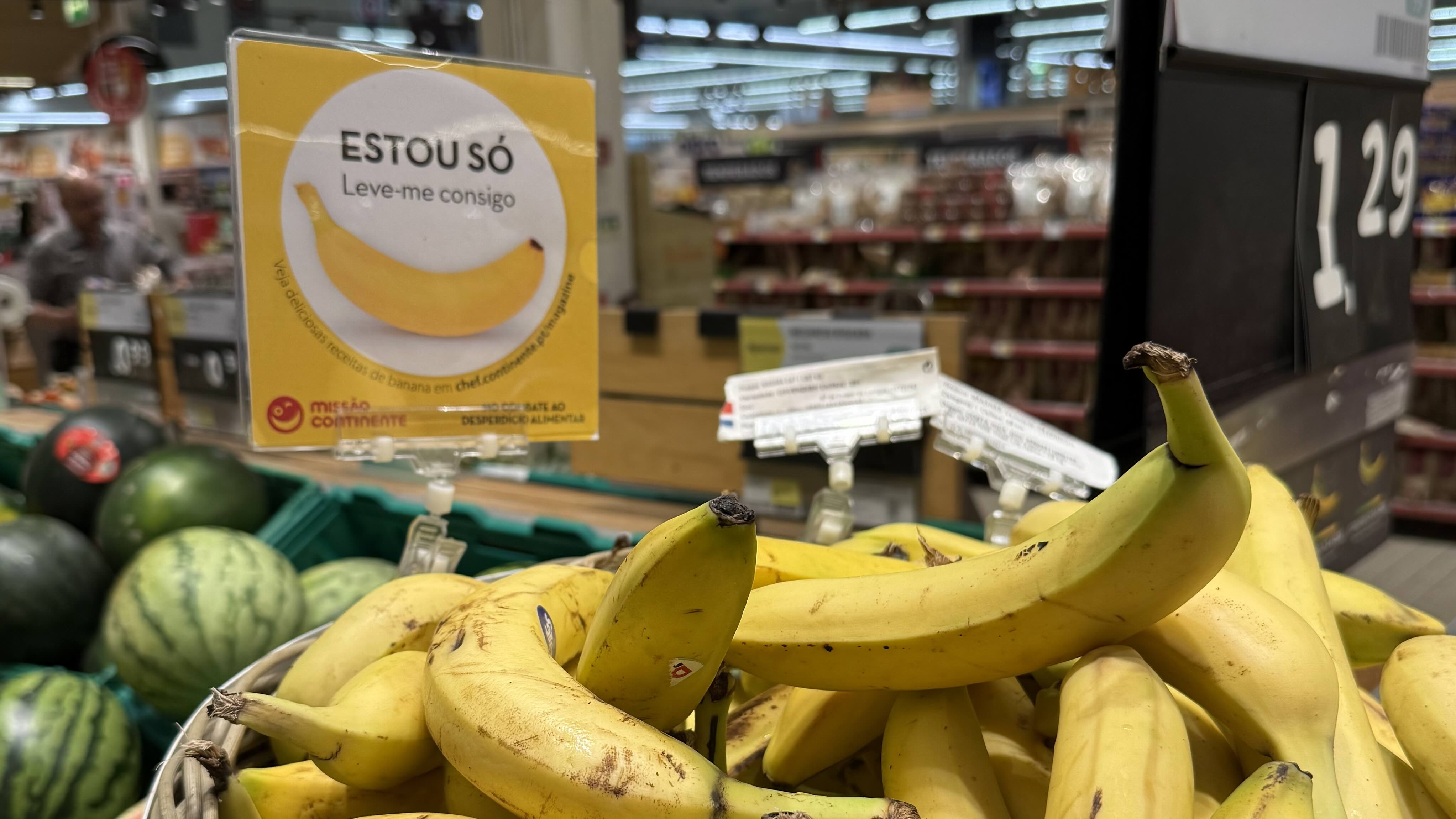That post about bananas 🍌
I’ve been paying attention and reading a lot about why we waste so much food. The individual level fascinates me because it’s so multifaceted. Of course, it’s sad that we waste food, especially when you consider that about one-third of all food produced globally is wasted that's insane'. My curiosity, though, is about how almost any field of study can bring a different perspective to the problem. Also, I’m an enthusiast of bananas, so this post is about bananas. 🍌

A banana vendor in Morretes, Brazil. One of the most beautiful train rides in the world goes from Curitiba to Morretes, through the Atlantic Forest. Photo by me.
In our reactions to food, for example, our ancestors learned that bitter tastes could be linked to poison, so our amygdala reacts to bitter flavours. Thanks to this, we avoid certain foods that might be harmful, and not everyone will like beer, coffee, or dark chocolate.
Every area of human-related science—behavioural science, psychology, neurology, social science, financial science, etc.—has its own lens on why we reject certain foods.
Lately I was reading about anthropomorphism—the attribution of human traits, emotions, or intentions to non-human things—and how it can be used to reduce food waste. It’s a simple idea that taps into our emotional responses.
The sad banana experiment 🍌
Researchers found that adding a sad face to a single banana in a supermarket made shoppers more likely to buy it. By giving the food a “face”, it triggers empathy and makes us less likely to waste it.
I’ve seen something similar at Continente, a supermarket chain in Portugal. Their version encourages people to pick “single” items, but it doesn’t use the anthropomorphic angle (no faces, no emotions).

A “sad banana” without anthropomorphism at Continente. Photo by me.
A recent paper tested this idea—the “single banana experiment”. Researchers placed signs next to lone bananas with different emotional cues:
- a sad banana,
- a happy banana,
- and a text-only sign asking shoppers to buy the single fruit.
The result: the sad banana sign worked best. It evoked compassion, and shoppers were more likely to “rescue” the single items. A similar test with tomatoes showed the same pattern.

It’s funny how a simple face can change our behaviour. We seem wired to respond to emotions, even in inanimate objects. I’ll be exploring this in my PhD research.
References
Gerecht, S., Eckmann, L., Wentzel, D., & Landwehr, J. R. (2025). Anthropomorphic sad expressions reduce waste of “single” imperfect food. Psychology & Marketing, 42, 669–683. https://doi.org/10.1002/mar.22145